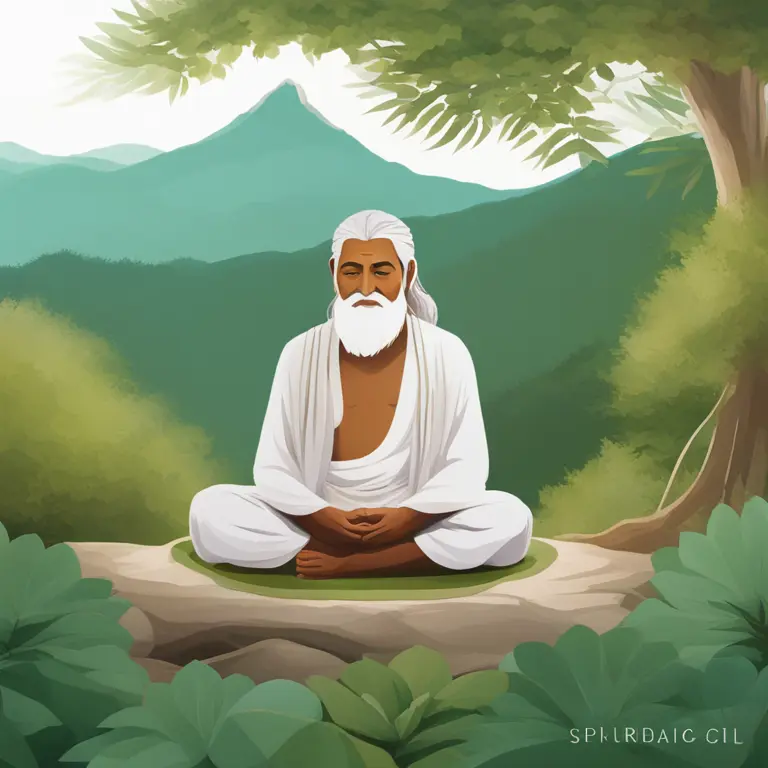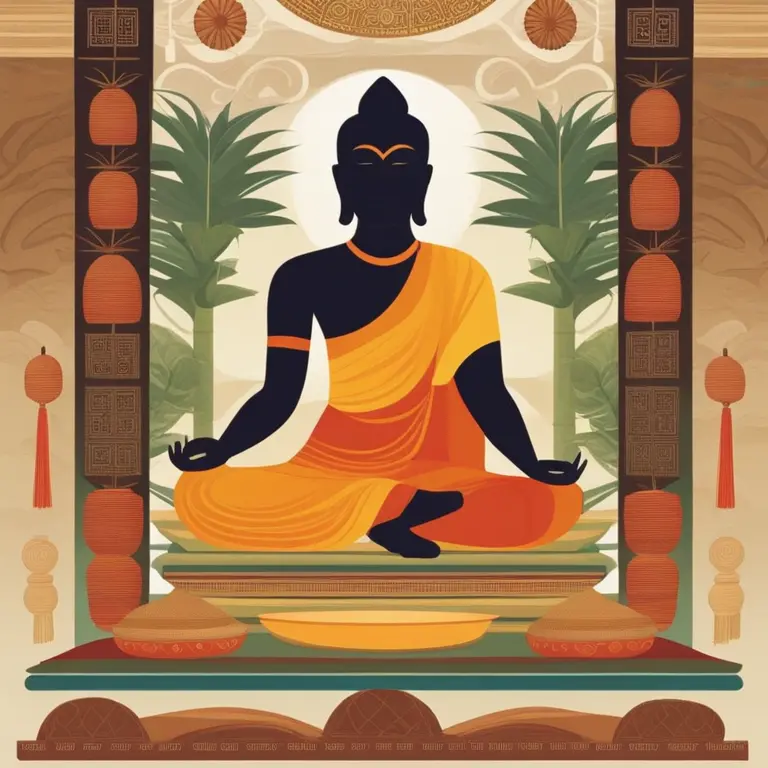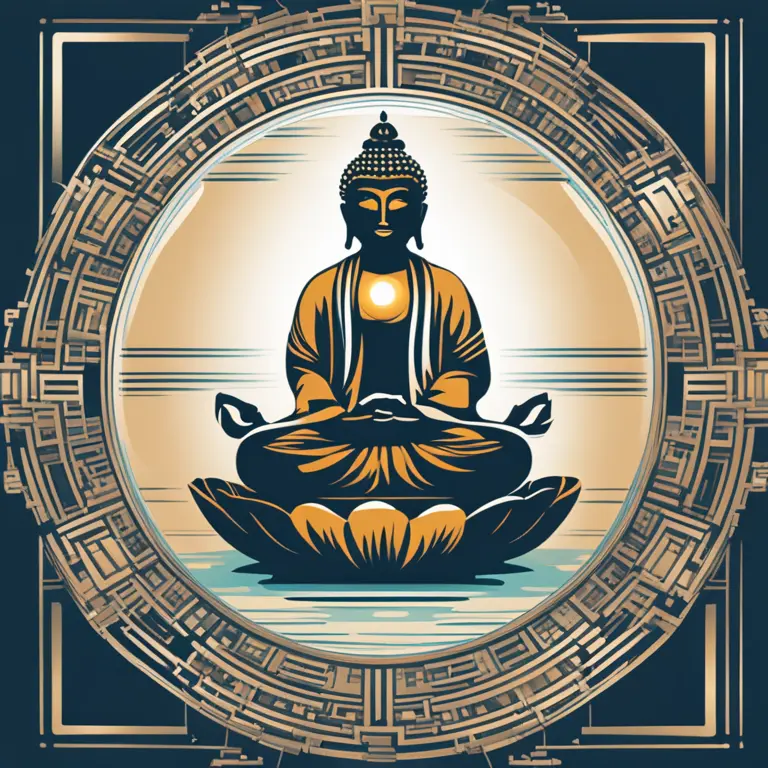
The Origins of Meditative Practices
Delve into the history of meditation, tracing its roots and the key figures who contributed to its global spread and evolution.
article by Hina Kurosawa
Introduction to Meditation
Meditation is an ancient practice that spans multiple cultures and millennia. Often associated with spiritual and religious rituals, it's a technique aimed at focusing the mind and achieving a state of deep peace and relaxation. Despite its rich history and proliferation across the globe, pinpointing a specific "author" of meditation is a complex task, as it has evolved through collective contributions over time. This text will explore the tapestry of influencers and pivotal moments that have shaped meditation into the practice we recognize today.

The Early Roots of Meditation
The earliest records of meditation date back to around 1500 BCE in India, within the ancient Hindu scriptures known as the Vedas. The practice was an integral part of Vedic rituals and later became central to Upanishads philosophy. It's important to note that while the Vedas gave us the earliest written accounts, meditation likely predates these texts, as many traditions orally transmitted teachings before they were ever documented.

A Multicultural Journey
Throughout history, forms of meditation have appeared independently across various cultures. In Buddhism, Siddhartha Gautama, or Buddha, is a central figure in the popularization of meditation around the 6th to 5th century BCE. He molded meditation into a path toward enlightenment. In China, Laozi, the founder of Daoism, advocated for meditative practices around the same time. Branches of meditation also grew within Christian monastic traditions and in the spiritual rituals of indigenous peoples globally.

The Modern Era of Meditation
More contemporary contributors include Maharishi Mahesh Yogi, who popularized Transcendental Meditation in the 1950s and 1960s. In the latter half of the 20th century, Jon Kabat-Zinn adapted Buddhist mindfulness meditation techniques for his Mindfulness-Based Stress Reduction program, showcasing meditation's secular and therapeutic applications. Today, tech-enabled meditation via apps and online platforms make the practice more accessible than ever, with figures like Headspace's Andy Puddicombe bringing meditation to the digital masses.

Meditation in the Information Age
As we proceed further into the 21st century, meditation continues to evolve. Neuroscientists and researchers are exploring its effects on the brain and health, demystifying the practice with the scientific method. Mindfulness and meditation have now become a part of psychological therapy, with wide-ranging applications for treating modern stress, anxiety, and other mental health challenges.
A Truth with Many Authors
The narrative of meditation doesn't belong to a single author but is a chorus of many voices spanning continents and generations. Each culture and thought leader that embraced and adapted meditation added their unique perspective, making it the diverse practice it is today. As such, meditation's "authorship" is a rich tapestry woven from countless contributors, each thread an integral part of the whole.
Published: 1/14/2024
Modified: 1/15/2024
More predictions
Come back here soon to learn more about yourself and your future


Calming the Storm: Mindfulness Meditation for Anger
Discover how mindfulness meditation can be a powerful tool for anger management, promoting inner peace and emotional balance.


Mindfulness & Meditation: A Guide for High Schoolers
Discover the benefits of mindfulness meditation tailored for the hectic life of high school students, and learn simple strategies to incorporate it into the daily routine.


Easing Loneliness with Mindfulness Meditation
Explore how mindfulness meditation can provide solace and connection to alleviate the feelings of loneliness.